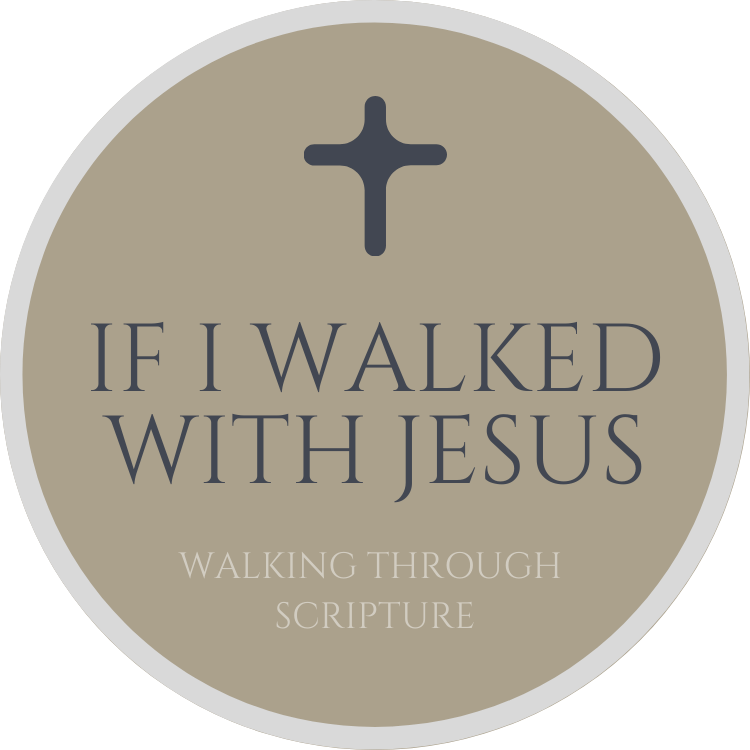Tips for Better Bible Reading
 Tip #1. Listen to audio-Bibles.
Tip #1. Listen to audio-Bibles.
When you listen to an audio-Bible, you’ll be surprised how quickly the time goes by and how much of the Bible you “read.”
People sometimes listen while doing other tasks such as driving or cleaning or running. This often limits what is actually being absorbed, as your attention is divided. Another method found to be incredibly profitable is to listen while following along in a different English translation (or in the original languages). Listening to a different version than you are reading helps keep you engaged as you inquisitively consider various renderings. The pace is so fast that you miss all sorts of nuances, but you gain a valuable macro-perspective.
Audio-Bibles work well for the Bible’s many styles of literature, though they work best for stories as opposed to proverbs or letters. This is evident when listening to dramatizedaudio-Bibles (such as: The Bible Experience). But it’s worth remembering that the congregations whom Paul addressed in his letters typicallylistened to Paul’s letters and did not own personal copies of them.
You might want to get started by downloading some free audio-Bibles from “Faith Comes by Hearing.”
Tip #2. Read books of the Bible in one sitting.
There is value in Bible-reading plans that divvy up the readings so that you read one chapter from four different books of the Bible. But if that’s the only way you read the Bible, it will be difficult to understand key literary features and the theological message of whole books of the Bible.
Have you ever read the Gospel according the Matthew straight through in one sitting? Or Romans? Or Job? Or Revelation? If not, you’re missing out. That’s the way they’re meant to be read. A book like Nehemiah would generally take about one hour. Ephesians would take 20 minutes. Here’s a full list of the approximate times it would take to read each book in our English Bible.
Tip #3. Read without any chapter or verse references.
Bible “verses” didn’t even exist until about 1550, and “chapters” go back only to the 1200s. They can obscure the text and create artificial and sometimes inaccurate divisions.
Yes, chapter and verse references help us locate specific sentences and phrases quickly. But they may do more harm than good. They lead many people to think of the Bible as a reference book that collects bullet-pointed verse-nuggets — not as the literature that it really is. They may also facilitate “out of context” doctrinal or personal confusion as to intended purpose or meaning.
So how do you read the Bible without any chapter or verse references? There are at least three options:
- Get a Bible without them. For example, Biblica has one called The Books of the Bible, and Crossway is planning to release the ESV Reader’s Bible in May.
- Use a Bible software program like Logos to export a book or passage of Scripture to your favorite word processor without the chapter or verse numbers.
- Manually delete the chapter and verse references in a word document on your computer. This is time-consuming, but you could copy-and-paste text from a site like Bible Gateway and then delete all the numbering. That’s more feasible for shorter books. Even better, Bible Gateway has an option to hide verse numbers (click on “Page Options”).



